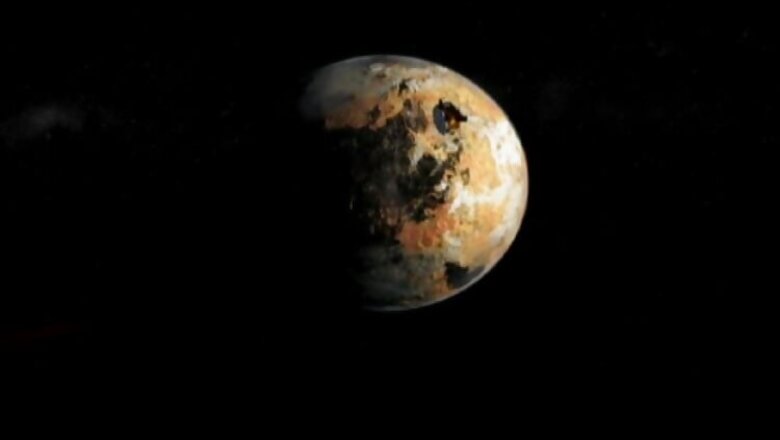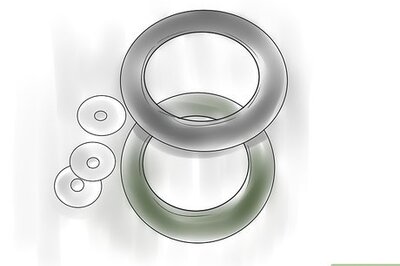
views
Washington: NASA's Mars rover Curiosity has captured the images of large sunspots on the face of the Sun that is turned away from Earth.
Large sunspots are evident in views from Curiosity's Mast Camera (Mastcam). Scientists temporarily have no other resource providing views of the Sun from the opposite side of the solar system from Earth.
The Sun completes a rotation about once a month - faster near its equator than near its poles, NASA said.
Information about sunspots that develop before they rotate into view of Earth and Earth-orbiting spacecraft is helpful in predicting space weather effects of solar emissions related to sunspots.
One sunspot or cluster that rotated out of Curiosity's view over the July 4 weekend showed up by July 7 as a source area of a solar eruption observed by NASA's Earth-orbiting Solar Dynamics Observatory.
NASA's STEREO-A spacecraft, which monitors the Sun, is currently almost exactly behind the Sun from Earth's perspective, but for precisely that reason it is temporarily out of communication.
The Sun disrupts radio transmissions that pass too close to it. Communication with Curiosity was also suspended last month when Mars passed nearly behind the Sun, but the rover resumed full communication and operations in late June.
"Tracking the sunspot activity on the far side of the Sun is useful for space-weather forecasting," said Yihua Zheng, project leader for NASA Space Weather Services at NASA Goddard Space Flight Centre, Maryland.
"It helps us monitor how the sunspots evolve and grow before they become visible from this side," said Zheng. Space weather forecasting aids in anticipating and taking precautions against possible effects of solar storms on spacecraft orbiting Earth and elsewhere in the solar system. Intense space weather can degrade telephone communications, broadcasting and other electronic technology on Earth.
The main purpose for imaging of the Sun by Curiosity and other Mars rovers has been to monitor how its apparent brightness is affected by dust in Mars' atmosphere above the rovers.

















Comments
0 comment